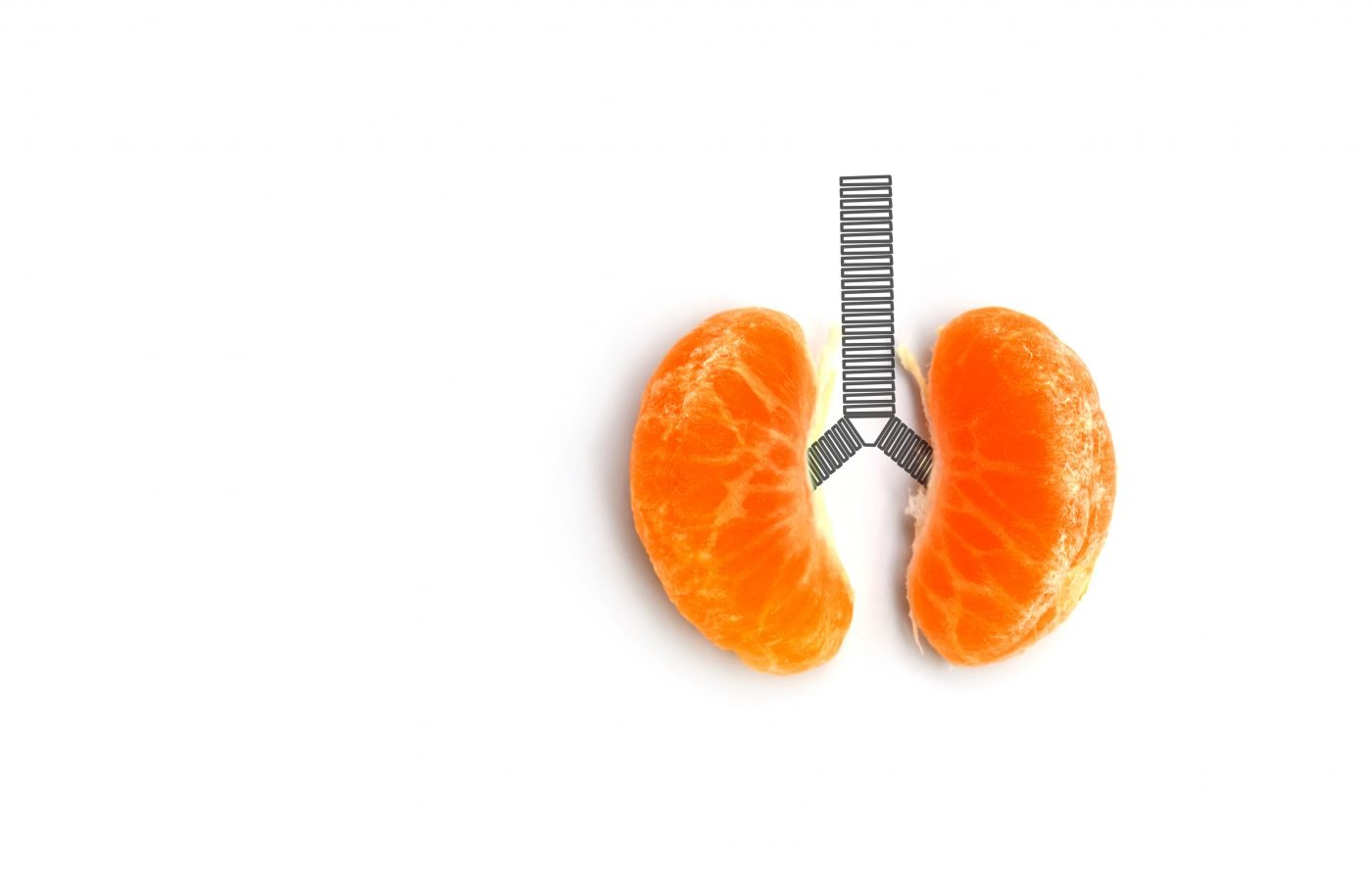Bellerophon’s INOpulse Inhaled Nitrous Oxide Device Improves Symptoms of PH-IPF Patients, Study Finds

INOpulse has shown promise in treating patients with pulmonary hypertension associated with idiopathic pulmonary fibrosis (PH-IPF), concludes a study by Bellerophon Therapeutics, developer of the inhaled nitrous oxide device.
The study, “Unraveling the Mode of Action of Pulsed Inhaled NO in Severe IPF Using Functional Respiratory Imaging.” showed that PH-IPF patients treated with INOpulse had meaningful improvements in blood pressure and exercise capacity.
Bellerophon, based in Warren, New Jersey, will present its findings, along with details of a planned Phase 2b clinical trial, May 21 at the American Thoracic Society (ATS) 113th International Conference in Washington, D.C.
PH is a rare lung disease characterized by an increase in blood pressure in the pulmonary arteries. The condition can lead to heart failure.
INOpulse is a portable device that continuously delivers inhaled nitric oxide (iNO) to ambulatory patients, in a controlled, fixed dose linked to body weight, regardless of changes in respiration rate during exercise or sleep.
The study enrolled four PH-IPF patients to investigate whether iNO could improve blood pressure and exercise capacity. This condition is particularly difficult to treat, as available treatments used in PH do not help patients with PH-IPF.
“Development of pulmonary hypertension co-morbidity in IPF patients greatly impacts quality of life and survival,” Bellerophon CEO Fabian Tenenbaum said in a news release. “There are no approved treatments for this condition, resulting in a profound unmet clinical need.”
The first part of the study evaluated the optimal iNO dose and the effect this compound had on blood flow parameters. The second part tested the effect of iNO on exercise capacity after one month of treatment. Results showed that all patients improved, with an average 14 percent drop in systolic pulmonary arterial pressure (sPAP) over the duration of the study.
Patients also showed better exercise capacity after being treated with INOpulse. On average, they were able to walk an extra 75 meters in the 6-minute walk distance test, compared to before treatment. Lower pulmonary pressure led to more efficient breathing and blood oxygenation, which is why patients improved their capacity to exercise.
“The results from this study suggest that iNO allows selective vasodilation to the well-functioning parts of the lung to improve hemodynamic measures as well as exercise capacity,” said Dr. W. De Backer, director of the pulmonary medicine department at Belgium’s University of Antwerp, and the study’s lead investigator. “This is a potentially important advantage for pulsed iNO therapy since the currently available vasodilators used to treat pulmonary hypertension act systemically and have been shown to cause issues, such as worsening hypoxemia, when used on PH-IPF patients.”
Added Tenenbaum: “We are pleased to present this study at ATS, which builds on our current understanding of pulsed iNO therapy to improve pulmonary hemodynamics and exercise capacity in PH-IPF patients. The next step in this program will be to conduct a larger, controlled Phase 2b study to inform the design of a pivotal Phase 3 trial.”







